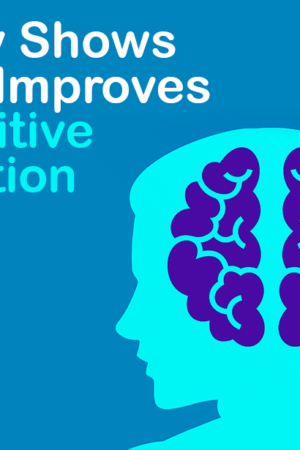Epilepsy affects people of all ages. In fact, about 50 million people in the world have epilepsy according to the World Health Organization (WHO). 1 These patients typically suffer from seizures which may be due to a number of things: brain damage before or during birth, a traumatic head injury, an infection, genetic syndromes, or a brain tumor. Current treatments, designed at controlling the seizures themselves, are about 70 percent effective in children and adults with epilepsy. We’ll take a look at some of the current treatments and one in particular that has become significantly more successful as a result of a chemical modification.
Current Treatment
Let’s talk about three different kinds of molecular acids: octanoic acid, valproic acid, and decanoic acid. To keep it simple, these fatty acids aren’t very long (medium), and they are found in things we eat. One key aspect of the ketogenic diet is regular intake of medium chain triglycerides (fats), usually simply referred to as “MCT oil;” more specifically, these often refer to octanoic acid and decanoic acid .2 Decanoic acid (which is also known as capric acid), for example, is found in coconut and palm oil. 3 It’s known for being good at stopping seizure activity.
One of the popular current treatments for epilepsy is valproic acid.4 It’s sold in the US, Canada, and many other countries under a bunch of other names. This acid is shaped into a medication and used to control seizures.
Octanoic acid is found in the milk of mammals (think cow milk!) and palm oil. It’s not usually good at stopping seizure activity, but when it’s modified, it’s even better than the stuff people are currently being treated with; i.e., Valproic!5
A New Modification
Using this information, one group of researchers took on the challenge of creating a modified version of octanoic acid to make it a more effective therapy than Valproic.6
When the researchers tested this new variant in mice with induced epilepsy, they found that the treatment was more effective overall. In cells with the disorder, the modified octanoic acid was more potent than Valproic. A specific example is the inhibition of histone deacetylase (HD) by valproic acid. Histone deacetylase is a fancy term referring to something in your body that re-structures the little proteins attached to your DNA, which is known to cause a whole host of developmental problems.
Making Treatment Safer
In simple terms, because Valproic inhibits HD, it’s not letting your HD do its thing (i.e., cause seizures) and modify the expression of your DNA as it normally would. If HD was allowed to run rampant, it would help create the perfect environment for genetic defects. In the study of octanoic acid, the researchers found that these modified forms of octanoic acid actually reduced HD inhibition. Basically, octanoic acid not only does what Vaproic can do only better, but it also comes without all the genetic side effects!
This opens doors for people suffering from epilepsy to find more potent and safe relief!
NUTRITIONAL DISCLAIMER
The content on this website should not be taken as medical advice and you should ALWAYS consult with your doctor before starting any diet or exercise program. We provide nutritional data for our recipes as a courtesy to our readers. We use Total Keto Diet app software to calculate the nutrition and we remove fiber and sugar alcohols, like erythritol, from the total carbohydrate count to get to the net carb count, as they do not affect your blood glucose levels. You should independently calculate nutritional information on your own and not rely on our data. The website or content herein is not intended to cure, prevent, diagnose or treat any disease. This website shall not be liable for adverse reactions or any other outcome resulting from the use of recipes or recommendations on the Website or actions you take as a result. Any action you take is strictly at your own risk.
- Research Shows Improvement in Anorexia Nervosa Condition With Keto - August 6, 2018
- New Potential for Ketogenic Diet to Prevent Alcohol Withdrawal Syndrome - August 1, 2018
- Woman on Early Menopause Saved By Keto - July 25, 2018




